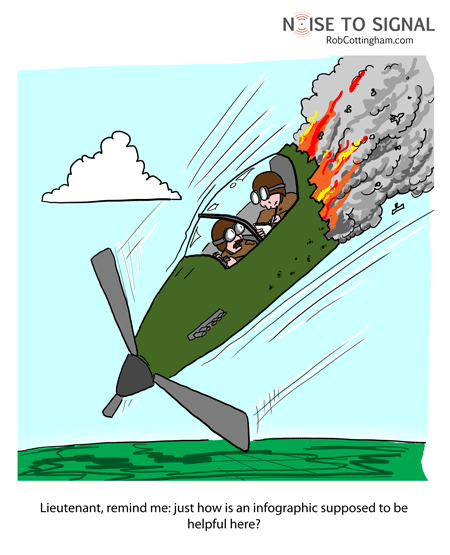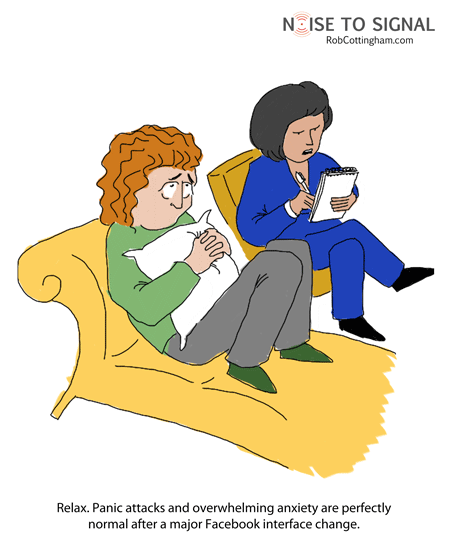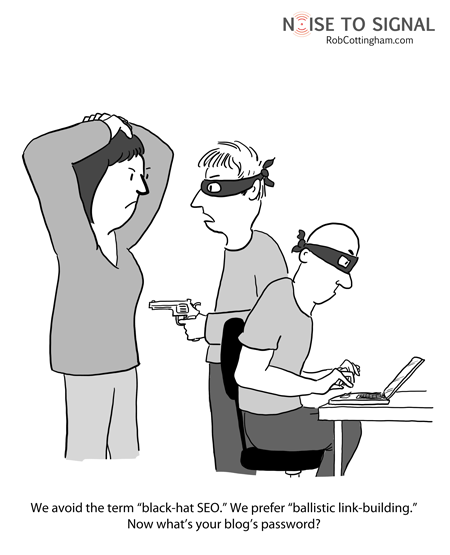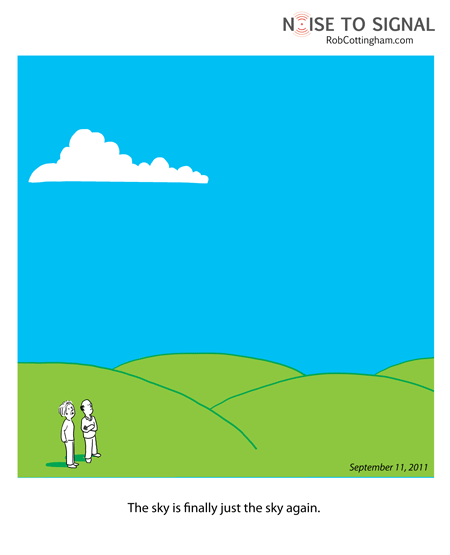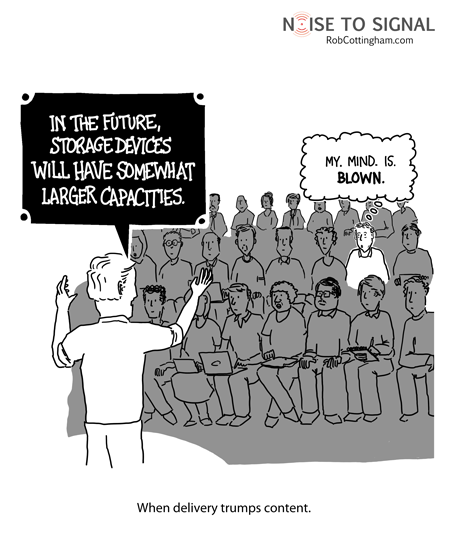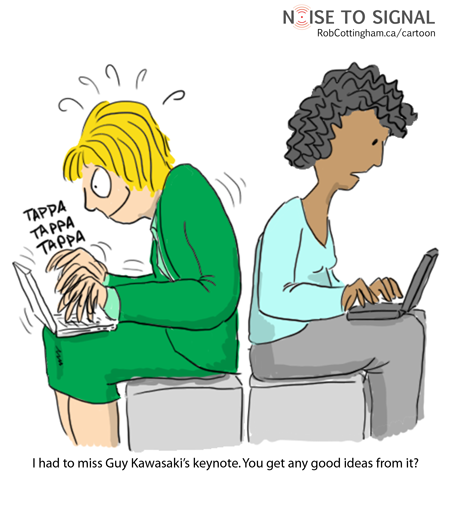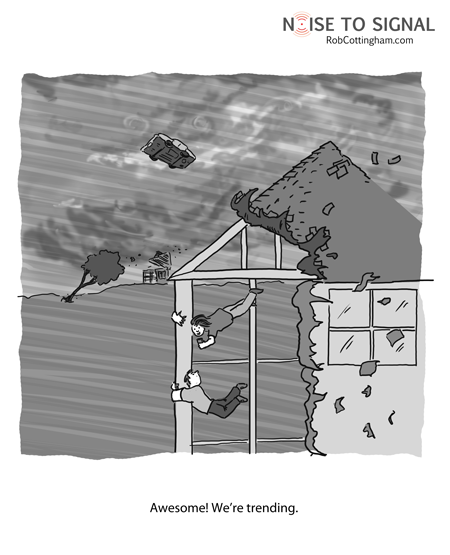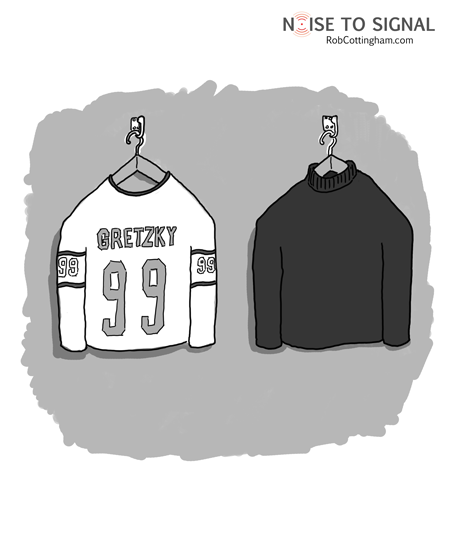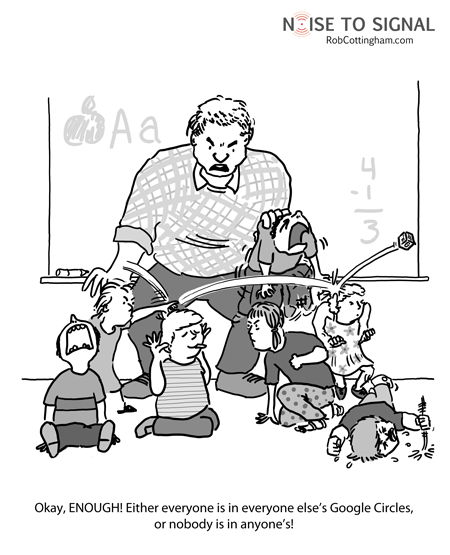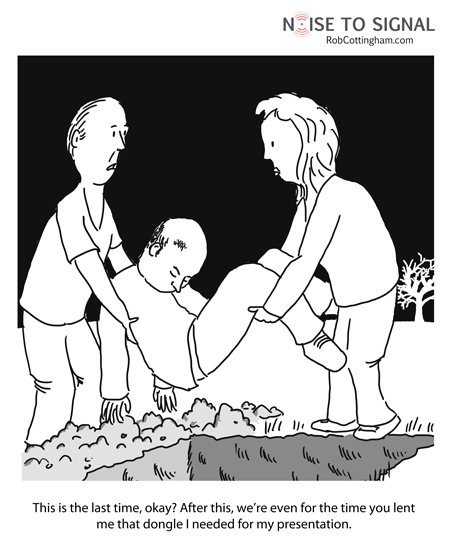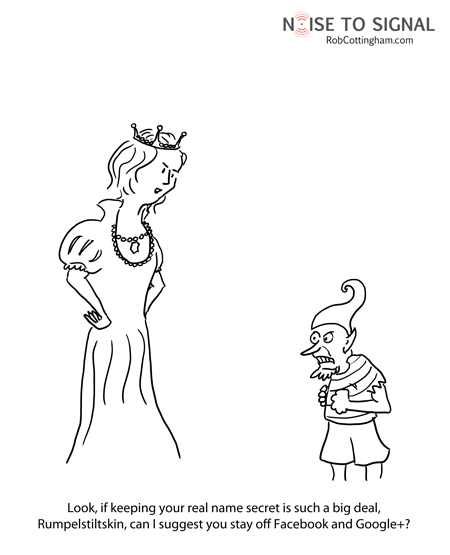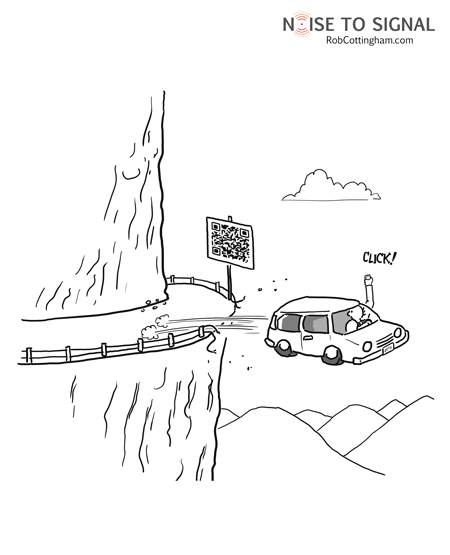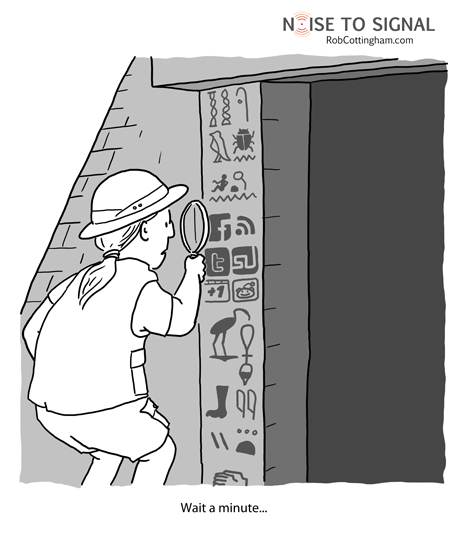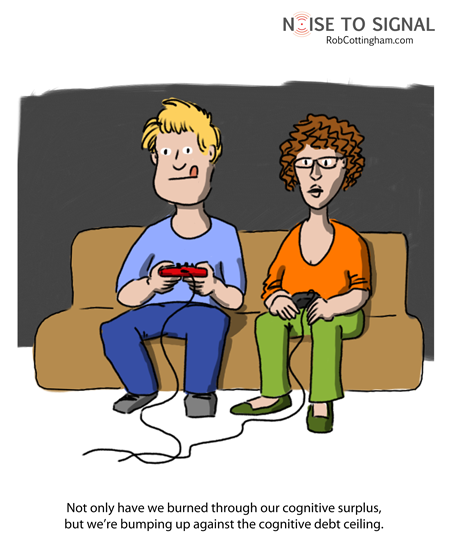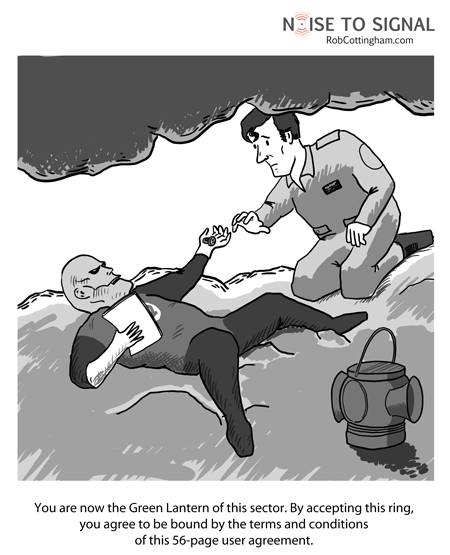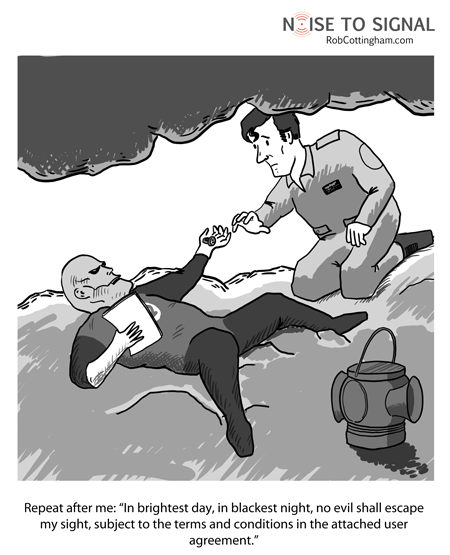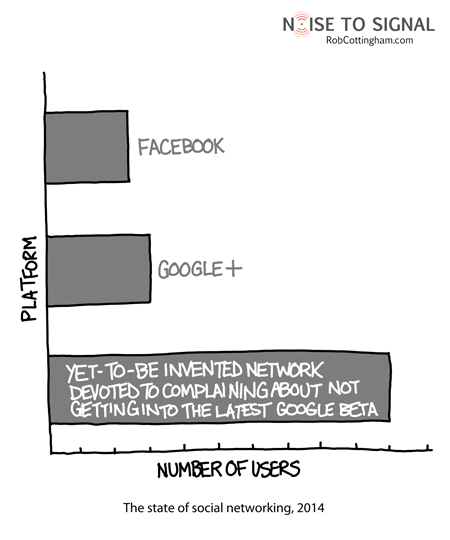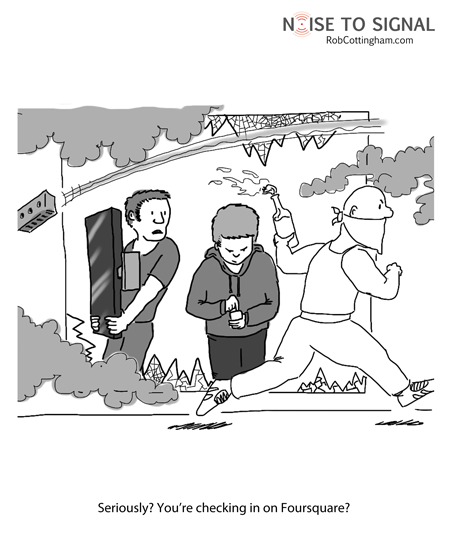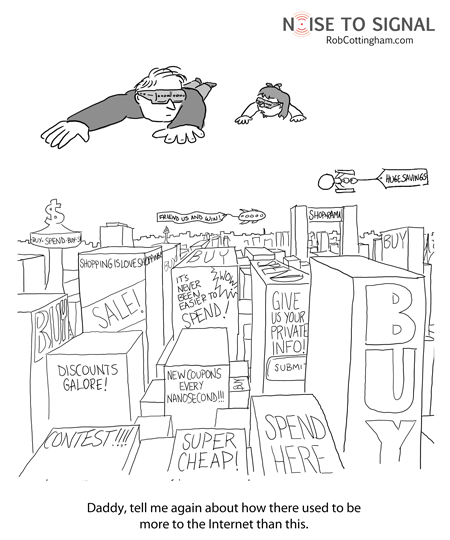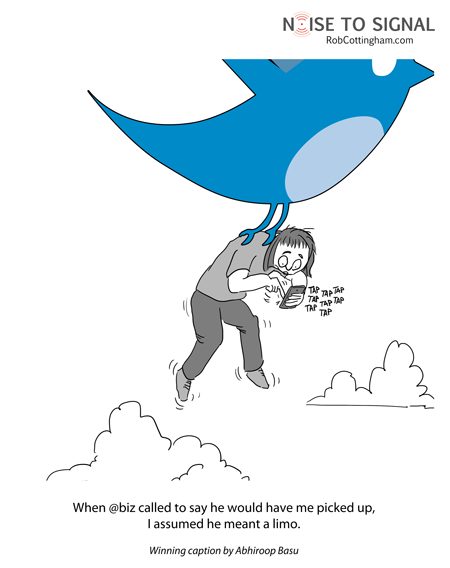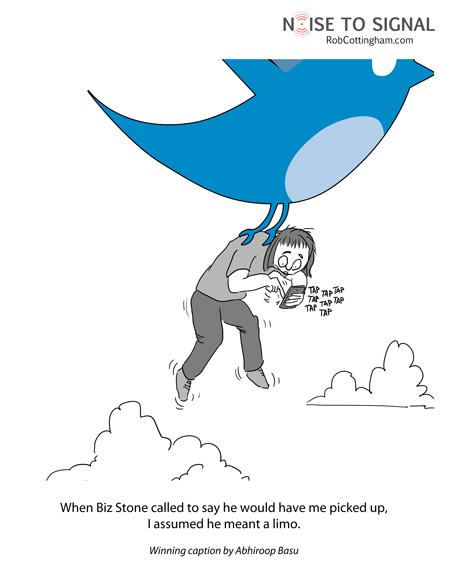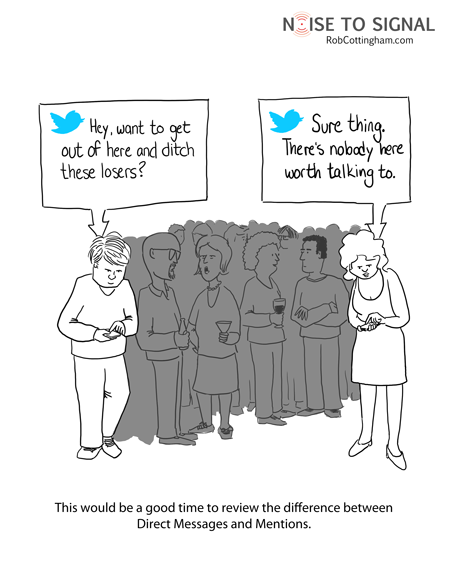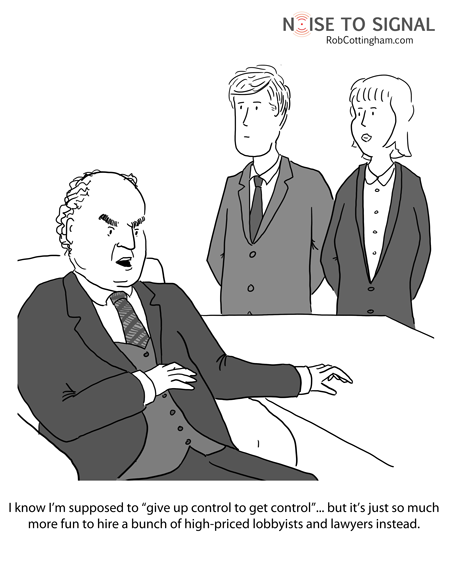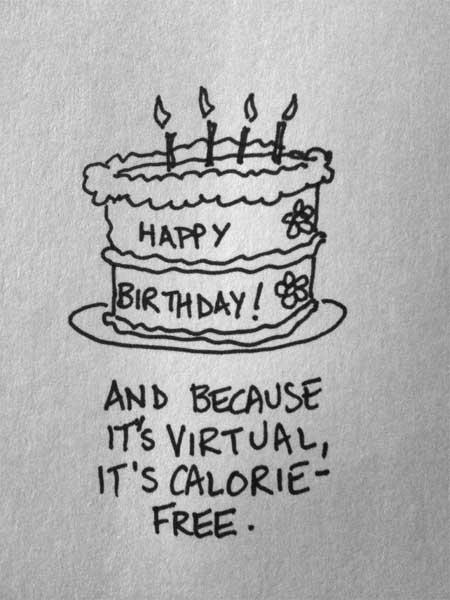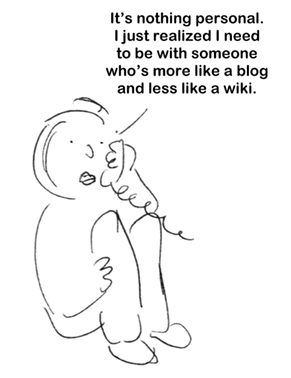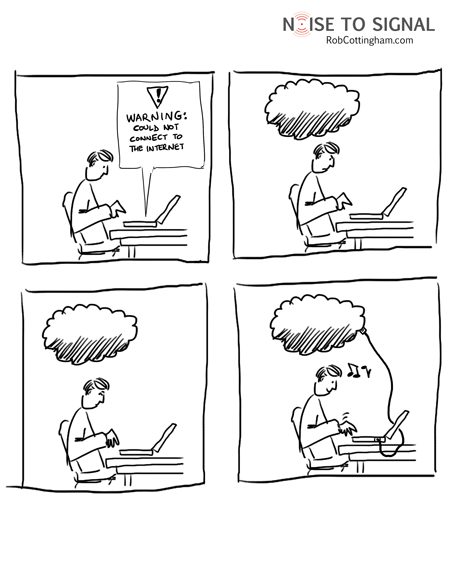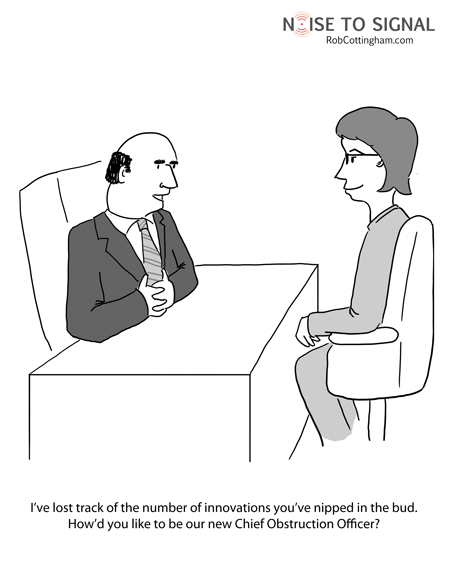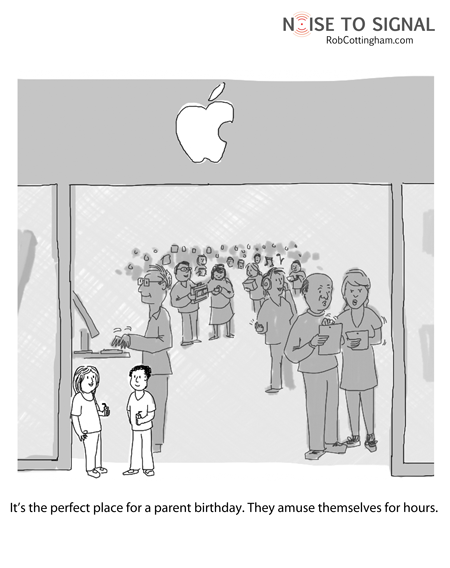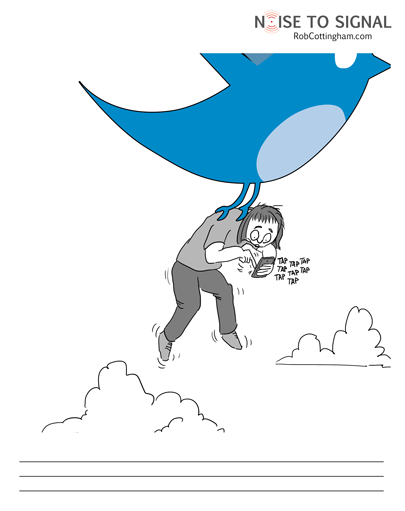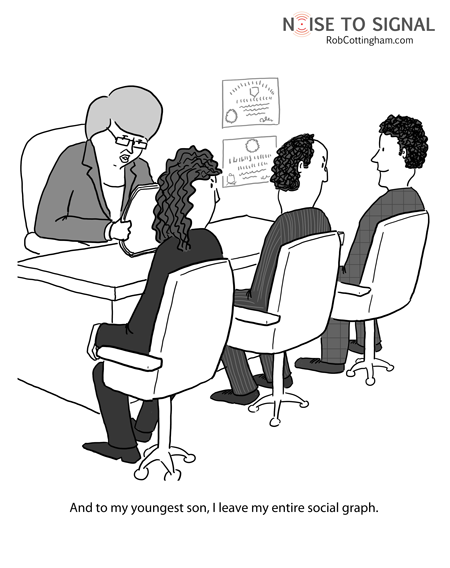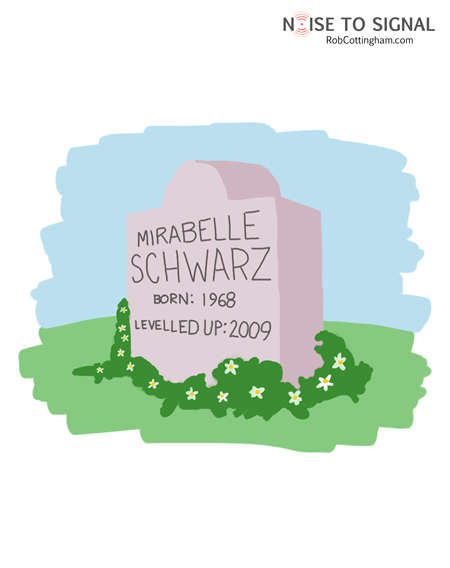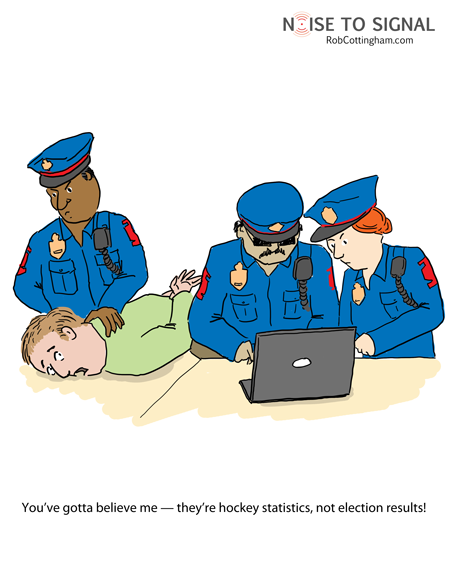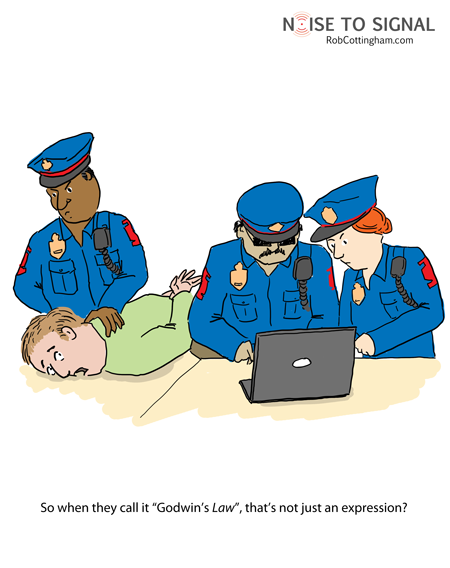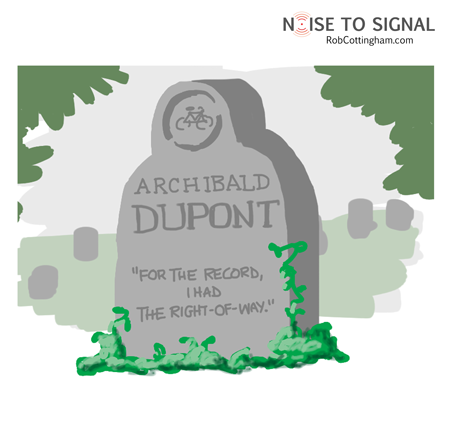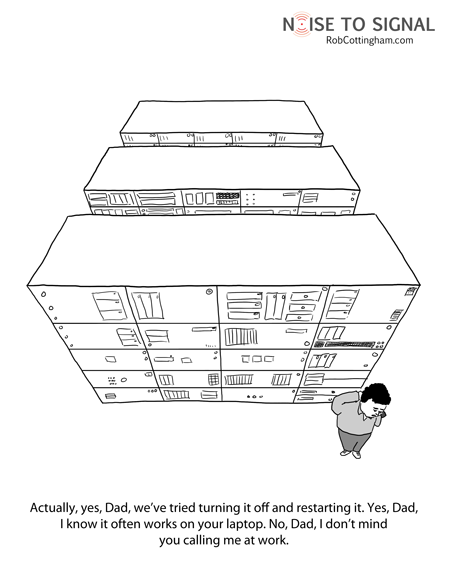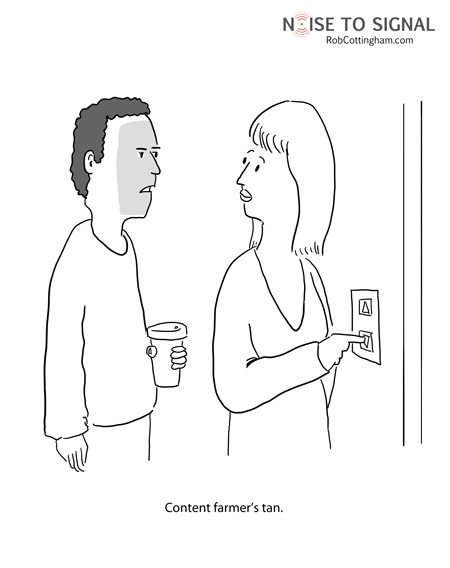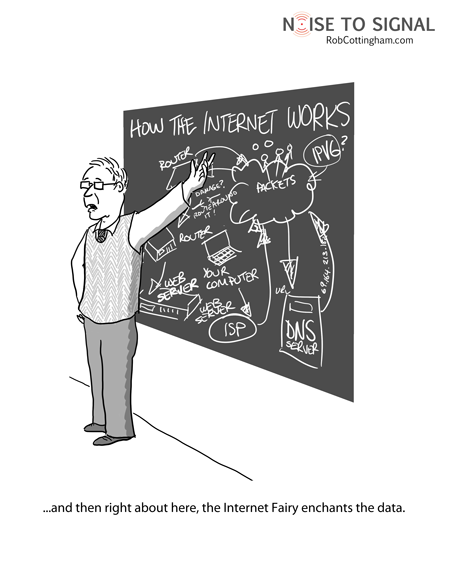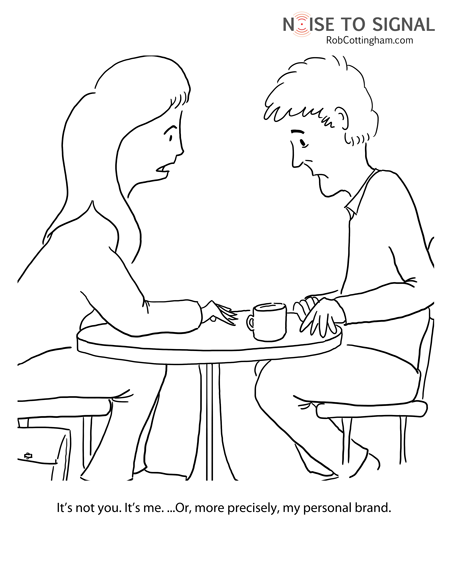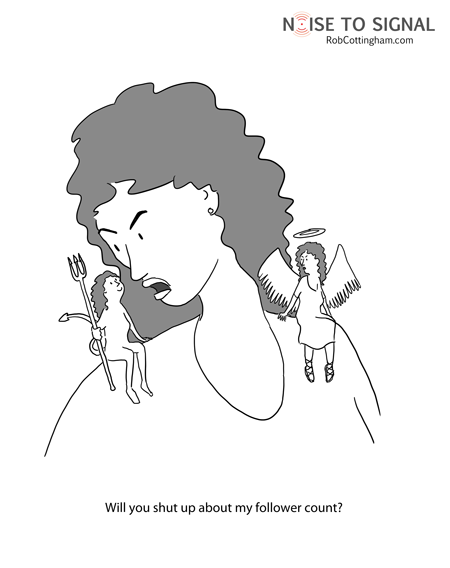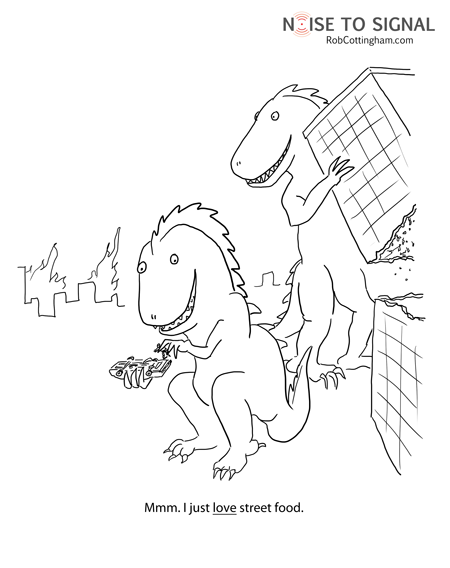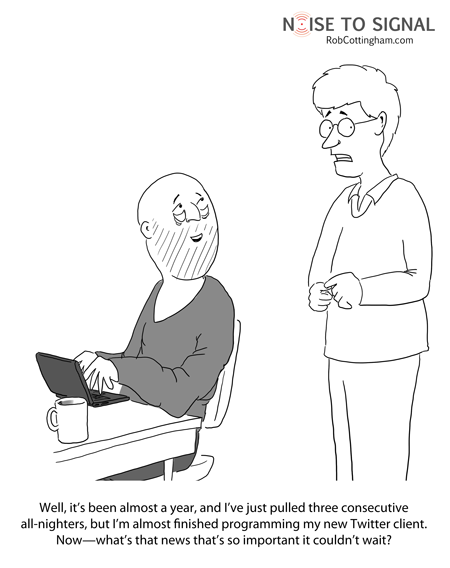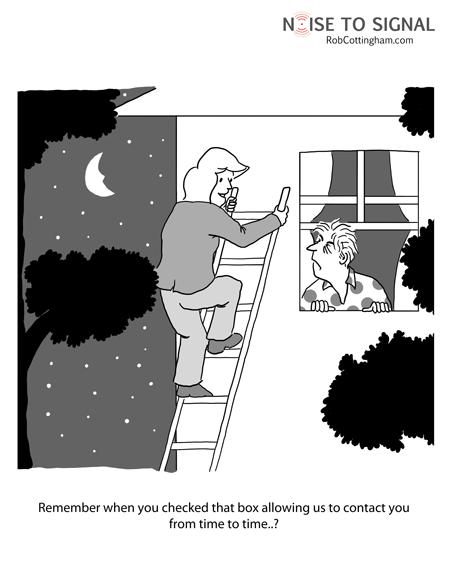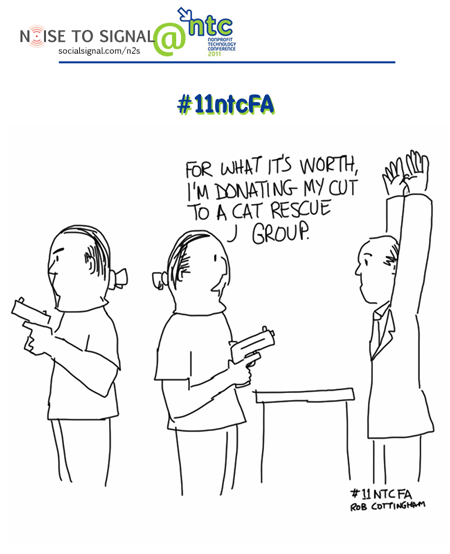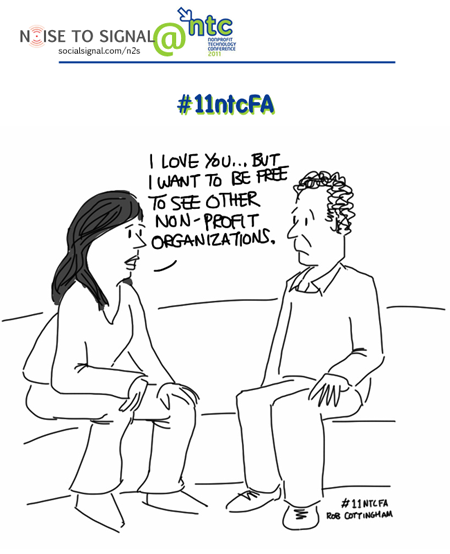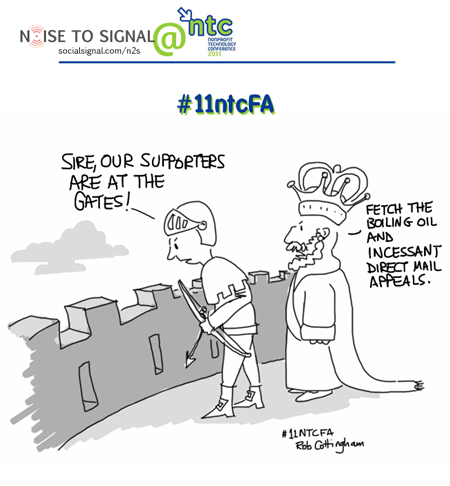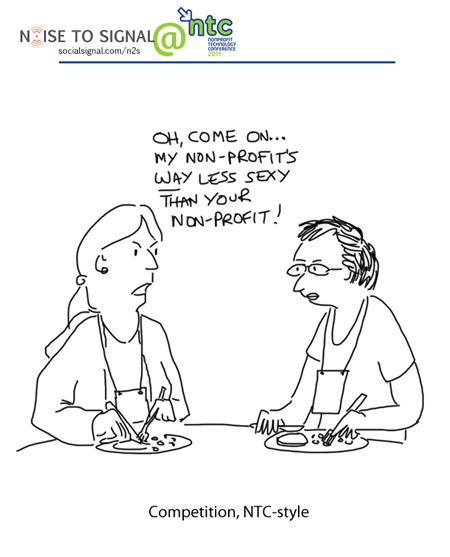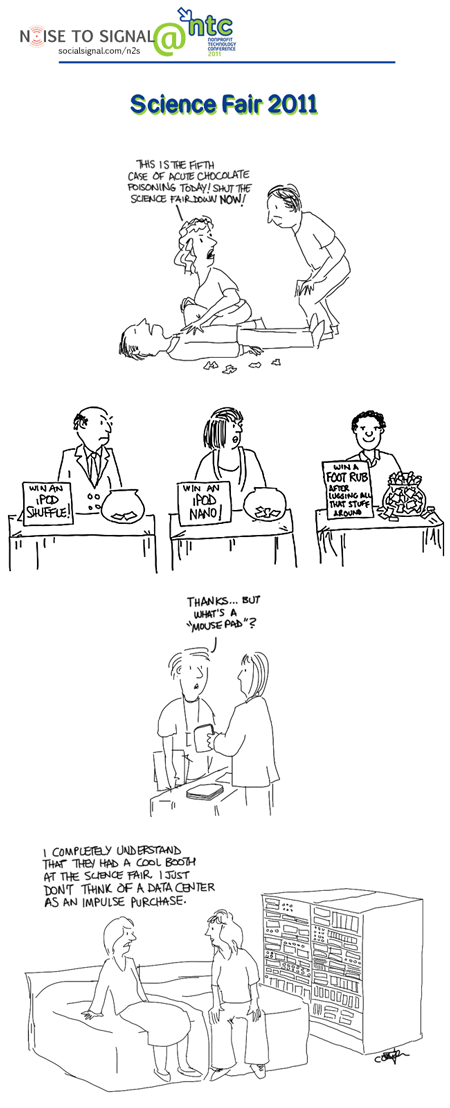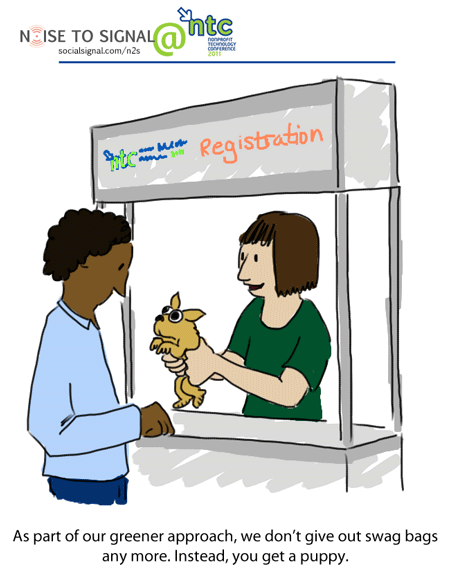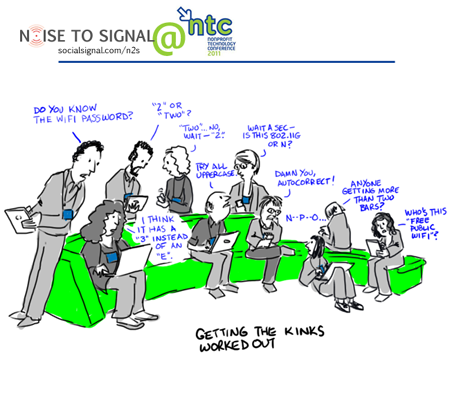Originally posted on ReadWriteWeb
As of today, I’ve been blogging for 10 years. (I do believe that’s the CPU enclosure anniversary.)
My first post (thank you, Blogger) was about the impending provincial election, an invasion of carpenter ants and how Sen. George Allen (R, VA) was such a n00b. (He has since had reason to revise his assessment of the Internet from “free way to read newspapers” to “destroyer of careers“.)
I’ve tried to be a little more focused since then. But more and more of my attention has shifted to my business’ blog and to the cartoon, and my personal blogging has ebbed accordingly. It hasn’t stopped, but there are certainly some dry spells.
Others have more discipline. As appalling an industry as content farming is – something roughly like currency speculation in its overall level of social usefulness – I have to hand it to the people who work there. They crank out content day in and day out. Just not feeling it today? Couldn’t give a rat’s fuzzy behind about the topic? Doesn’t matter – you still put fingers to keyboard and write, or you don’t get paid.
That said, the results are usually… eugh. Occasionally, on a rare day when the stars align and the planets boink (that is the astrological term, right?), they might rise to the level of “meh”. And to paraphrase Unmarketing author Scott Stratten, people don’t fall in love with meh; they fall in love with awesome. Content farms just aren’t in the awesome business.
Unfortunately, content farming isn’t confined to the online world. A few days ago, I caught the movieSource Code (lots of fun, but don’t pull too hard at that logical thread) after enduring what Cineplex Media calls their “pre-show”: 21 minutes of breathless, vacuous, undifferentiated content, and by “content” I mean ads and advertorial.
This was the time I’d normally have spent in conversation with Alex and the friends we’d gone with. But conversation was impossible with the competition of a giant screen and a powerful sound system; we tried, but wound up spending much of the time mute and passive.
According to Cineplex, “Today’s audiences want to be entertained the moment they take their seats. Cineplex Media fills that desire with dynamic Digital Pre-Shows that are integral to the overall moviegoing experience.” That’s a nice rationale, but it’s hard not to feel like a content farmer would write that as, “Today’s search-engine users want to see hastily-written fodder instead of substantive results. We fill that desire with keyword-laden copy that is integral to the overall frustration of trying to find something useful online.”
Cineplex also provides that Overall Moviegoing Experience with an in-theatre magazine, but the big problem with a magazine is it’s voluntary. Put all that content up on a big screen, on the other hand, and you have some pretty captive eyeballs. Yeah, you can try shutting it out or waiting in the lobby for the movie to begin… but that screen is like the first page of Google results: hard to ignore, and most people don’t.
While I’m beginning to despair for the offline world, I’m beginning to have renewed hope for the online one. Google’s moves to rejig their algorithm to discourage low-value content and allow users to block it from their search results hold some slender promise of a crop failure on the content farm.
Let’s check in on that in another 10 years, shall we?

